Beverage industry embraces digital marketing |
| Author:sunstarmachine.com Date:8/12/2015 11:50:29 PM |
Beverage industry embraces digital marketingBeverage brands utilize social media, video campaigns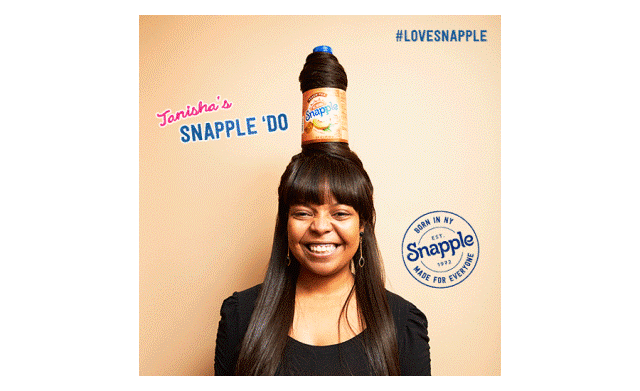 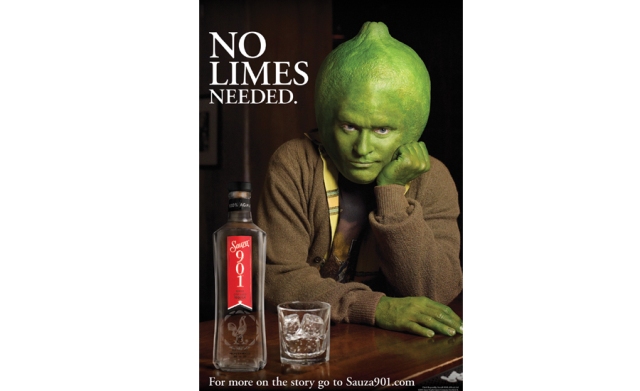 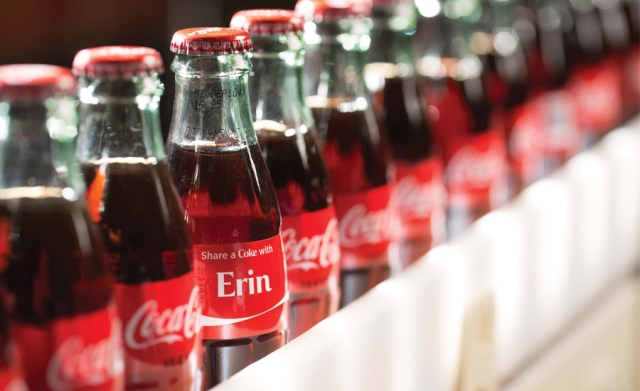 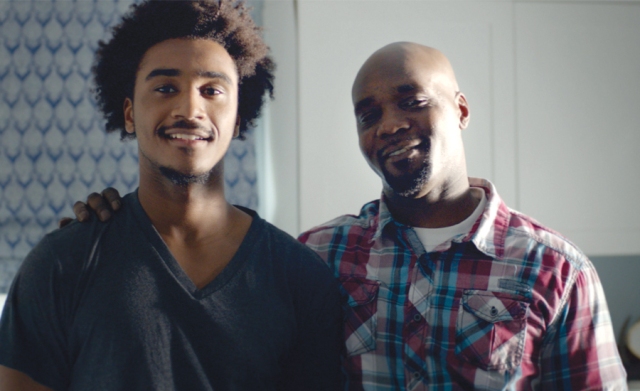 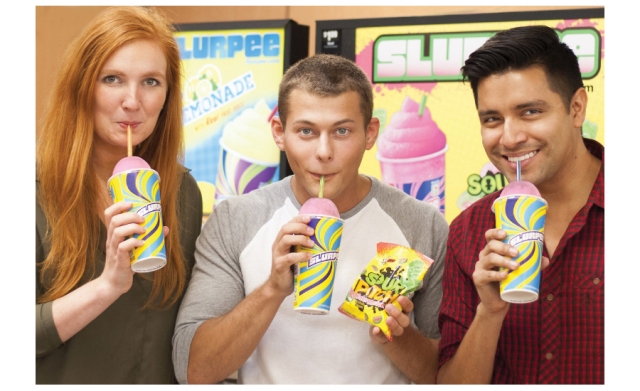 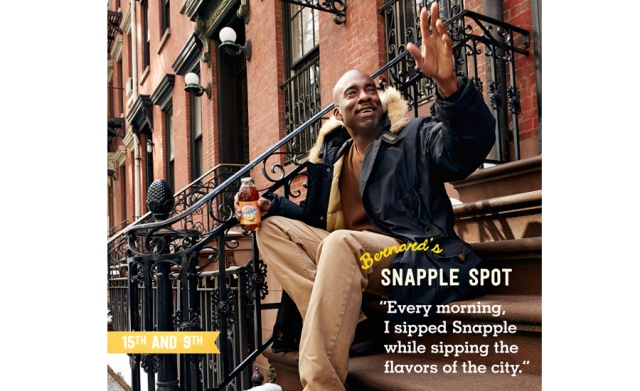 The beverage industry faces many challenges when it comes to marketing. However, throughout the years, the beverage industry has shown the ability to overcome any obstacle it encounters. When digital marketing made its fast and hard hit on the marketing world, beverage marketers embraced it and have started producing many successful marketing campaigns incorporating a vast digital element. 'I definitely think the move online happened much quicker and in a much bigger way than any of us had anticipated,'says Jeff Hilton, partner and co-founder of BrandHive, Salt Lake City. '[T]he move toward digital is real amongst all demographics. I think the power of digital and video is the single most powerful platform that we see in the beverage sector.' Although print, TV and radio ads still are effective, only digital offers a direct means of communication with consumers while also pandering to the ways that they view digital media, such as through cell phones and tablets. 'Digital is clearly experiencing the greatest growth. In an increasingly frenetic world, time has become a currency. Digital has made the acquisition of information, purchasing and even community/connection much more convenient and immediate,'says Michael Simon, chief marketing officer for Bai Brands of Hamilton, N.J. 'From a company perspective, digital enables a brand to surgically target those customers who most matter to them. Digital provides brands with a much more precise tool to reach their highest potential audience. 'Not only does digital allow enhanced consumer targeting, but it also moves the customer-brand relationship from ‘us to them' to ‘us and them.' It can be interactive, and it can build and nurture relationships with your brand lovers often leading to their advocacy of the brand,'Simon continues. 'Word-of-mouth has become the most powerful form of marketing.' While it can become the most powerful form of marketing, marketers should ask how they can use digital marketing to drive their brands. 'The way [beverage marketers] can use [digital marketing] is by facilitating and encouraging interaction,'BrandHive's Hilton suggests. 'It gives you something that a print ad or radio and TV ads don't give you, and that's engagement.' John Potter, executive vice president of brands at Hennessy USA, the wine and spirits division of LVMH Hennessy Louis Vuitton S.A., Paris, agrees, '[D]igital has changed the way we think, plan, create and reach more consumers,'he says. 'In a category where consumers shop across repertoires of brands, it's vital that beverage companies constantly remind consumers about their brands — their stories, unique propositions and authenticity.' Getting social However, this idea of building a relationship and back-and-forth communication with the consumer still is relatively new to beverage brands. According to Chicago-based Mintel's 2015 'Marketing to Millennials'report, millennials are far more likely to leverage social media to interact with beverage brands, and millennials crave relationships, making social media interactions a must-have. Many beverage marketers have been using social media as a means to extend their campaigns. Often, campaigns now come with a hashtag and YouTube videos. For example, Snapple, a brand of Dr Pepper Snapple Group, Plano, Texas, used social media as the driving force of its Born in Brooklyn campaign. The company asks its fans why they #LoveSnapple, and the brand encourages its fans to share their love of Snapple through videos and images on social media. According to BrandHive's Hilton, digital gives brands a chance to share user-generated content. Peer references, peer recommendations, peer viewpoints, etc. all play a key role in digital marketing, he says. 'User-generated content is key to digital, and I also think that's what's driving a lot of the usage,'Hilton says. '[Consumers] want to know all these things about their [consumer packaged goods] (CPGs), and digital media allows them to engage at that level with the brands.' Moët Hennessy's Potter says that brands are moving away from trying to buy or build their own audiences, but instead are focusing on creating content that engages a broader audience — often through social media. 'This becomes much more of a natural, organic conversation, in a mobile environment, that reflects the lifestyle of our consumers,'he says. 'Social media also provides us with fast and powerful data and insight on our consumers and what's important to them. Brands can now identify conversations that they can naturally engage in, again driving more meaningful connections.' Social media also offers additional advantages to beverage marketers — market research. This summer, Dallas-based 7-Eleven teamed up with Mondelez International's Sour Patch Kids brand and released a Sour Patch Watermelon favored Slurpee. The new flavor was inspired by chatter on social media from fans who were asking for the chance to enjoy the two products together. The flavor became available July 1 at participating 7-Eleven stores throughout its 100 Days of Summer. According to Laura Gordon, vice president of marketing and brand innovation at 7-Eleven, the company listened to its consumers to develop this new flavor. 'New social listening tools give us the ability to interact directly with customers, learn what they want and quickly experiment with products and flavors they love,'Gordon said in a statement. Going mobile But mobile in itself features many different aspects. 'A lot of [beverage brands] are doing responsive websites, which used to be just a nice-to-have, but now is a have-to-have,'Brand Hive's Hilton explains. 'Apps … help to drive consumers and create ownership and allows consumers to invest in the brands they like.'Many brands now are developing mobile apps that consumers can download to their smartphones. These apps often feature unique ways for consumers to interact with a brand and give it yet another means to reach its target consumer with its campaign messages. According to Hilton, digital marketing through mobile has generated excitement for the beverage industry. 'Increasingly if you look at the numbers on mobile viewership, it's shocking. …Any beverage brand that's not active in mobile marketing is not in the game,'Hilton says. 'I don't mean that just for millennials, even for boomers, the younger end of boomers, you've got to have a presence.' This summer, Purchase-N.Y.-based PepsiCo Inc. announced its new loyalty app, Pepsi Pass. According to the company, Pepsi Pass is a rewards-based app that allows consumers to earn points by entering and scanning codes on select Pepsi single-serve products. Taking it a step further, the company says it's rewarding its fans for having fun, enabling them to earn points by hanging out with their friends who also have the app. The app also allowed consumers to engage with the company's Pop Open Music campaign where fans entered for a chance at ticket prizing or access to other prizes including trips to music festivals, concerts and dining credit to a range of Pepsi's partner restaurants. Not only are beverage brands offering apps, but retailers are beginning to as well. 7-Eleven expanded its digital marketing efforts in a way that could benefit the beverage brands available at the convenience store chain. Last month, the company announced its partnership with Postmates, which offers on-demand home delivery through the Postmates iOS app to select stores in San Francisco and Oakland, Calif. According to the company, an assortment of 7-Eleven's products, including hot foods, snacks and cold beverages, can be delivered by Postmates in an hour or less. According to a press release, this is 7-Eleven's first official foray into delivery and fulfills a component of the company's omnichannel strategy to provide time-pressed consumers solutions to their everyday needs. 'Through our partnership with Postmates, 7-Eleven's reach extends beyond our physical stores,'said Raja Doddala, 7-Eleven's vice president of innovation and omnichannel strategy, in a statement. 'The program should work well for us because it appeals to our customers who are more on-the-go, connected 24/7 and prefer fast-paced urban living.' Doddala expects to expand delivery later this year to other areas where 7-Eleven has a high density of stores, including Austin, Texas; New York; Washington, D.C.; and Chicago. Video killed the radio star Minute Maid, a brand of Atlanta-based The Coca-Cola Co., released a film that runs along with its Doing Good campaign, which seeks to reinforce to parents that they're doing a better job than they think. The video features scenes with real parents discussing how they think they're doing in their parenting, with each expressing genuine feelings of inadequacy. Their views are changed after reading unexpected, heartfelt letters written by their children that affirm they're doing an amazing job.
However, many brands still are experimenting with what they can do with digital video as part of a whole campaign. This summer PepsiCo announced that it is creating a short film. The film will include footage from UrtheCast, the world's first full-color, ultra-high definition video system located aboard the International Space Station. It will feature Pepsi consumers from around the world and leverages the creative and artistic direction of eight-time Grammy award-winning entertainer Usher, the company says. To be released this fall, the short film will be shot from multiple locations and perspectives — both on earth and in space. Designed to unite and inspire generations around the world as part of the #PepsiChallenge campaign, Pepsi invited consumers to participate. Additionally, Usher invited fans to capture an image that they think inspires and amazes others to look at the world in a new way through a single photo. The entertainer will select what he considers the most powerful image and invite the winner to meet him on set at the upcoming film shoot. The company released two short clips featuring Usher encouraging Pepsi fans to send in their photos.
Along with the official launch of the Sauza 901 ad campaign on TV spots, the long-form version of the campaign became available on the brand's website. Timberlake also unveiled an exclusive digital video on his Twitter page in which he issues a formal apology to the lime community.
He adds that today TV viewing is being consumed differently and is not without its own challenges. 'Delayed viewing, online video, multi-device watching has made it even more difficult to breakthrough than ever before,'Simon says. Mixing it in 'Consumers rely and interface with various media forms throughout the day. To truly breakthrough and motivate behavior, a brand has to employ an integrated approach to communication,'Simon says. 'The key is reaching the right customer at the right time with the right message through the right channel. 'For any campaign you must start with the end in mind,'he continues. 'It's critical to first define the end game, the tattoo or imprint, you want to make on the consumer. Once you know where you are going, you can create an integrated path to deliver on your desired outcome thoughtfully identifying the role of each platform to tell your story.” One example of this integration comes from The Coca-Cola Co. In the second run of its Share a Coke campaign, the company is offering several digital and social promotions that run simultaneously with its personalized packaging campaign. Consumers have been able to share a virtual bottle with friends or download personalized wallpapers for computers or mobile devices at shareacoke.co.uk. They also can track down bottles as they are found via the Name Dropper digital app, which will aggregate social media content using the hashtag #ShareaCoke along with the name that appears on the bottle. Additionally, The Coca-Cola Co. is offering an online personalization site with more than 500,000 names from which to choose. Consumers also can purchase Coca-Cola glass bottles featuring a personalized name. To complement the campaign, the company developed a TV spot introducing Bobby the dog. The spot follows one dog's quest to find his personalized Coke bottle, showing that everyone is included in this summer's campaign, the company says. The spot also is available on YouTube. Also available on YouTube, The Coca-Cola Co. is giving consumers a peek behind the campaign, by showing what it takes to swap their labels. A behind-the-scenes video shows the process of printing and production involved with putting names on more than 1.5 billion packs across Europe.
'I think [marketing] has got to be done in a way that is cohesive,'Hilton says. 'The digital marketing has to complement the overall approach. …Just being on social media as an end in itself has no point. What are you trying to accomplish in your marketing scheme that makes social media helpful? Figure out what you want to do, and then see how social media plays into that.' What to consider for digital marketing Simon listed several key benefits to marketing across multiple platforms: 'Digital marketing has had a great impact within the beverage industry,'Simon says. To exemplify this, he cites several ways the beverage industry is embracing digital marketing: • allows brands to more deeply engage their customers and develop relationships with them; Finally, Simon offers these factors that can make an overall beverage marketing campaign successful: |

Copyright (c) 2023 Zhangjiagang Sunstar Machinery Co., LTD. All Rights Reserved
Chinese professional manufacturer of beverage filling and packing machine
beverage machine, beverage packaging machinery, beverage filling and packing machine, water filling machine, bottle filling machine, juice tea filling machine, beer filling machine, pop can filling and packing machine, oil filler





